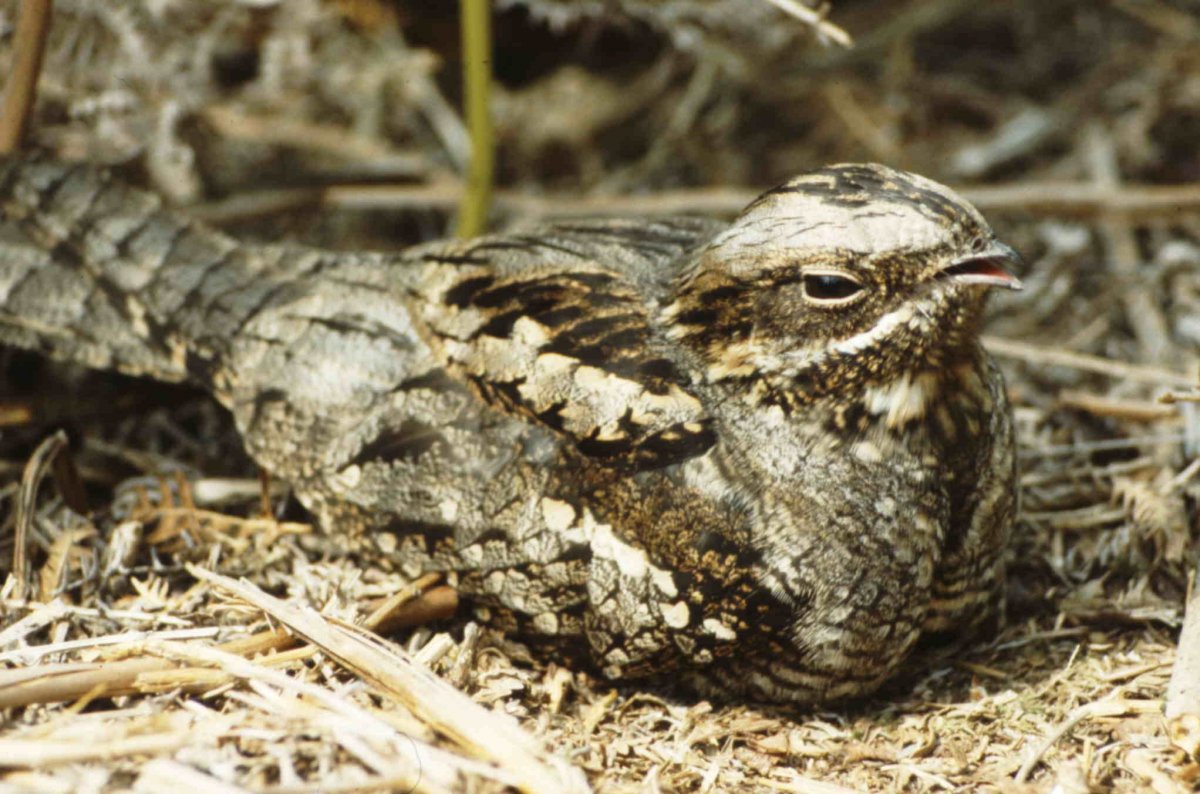BTO create and publish a variety of important articles, papers, journals and other publications, independently and with our partners, for organisations, government and the private sector. Some of our publications (books, guides and atlases) are also available to buy in our online shop.
Annual report of the Seabird Monitoring Programme
Seabird Population Trends and Causes of Change: 1986–2023
This report presents the latest seabird population trends in breeding abundance and productivity using data from the Seabird Monitoring Programme (SMP).
The report documents changes in the abundance and productivity of breeding seabird species in Britain and Ireland from 1986 to 2023, and provides a detailed account of the 2021, 2022 and 2023 breeding seasons.
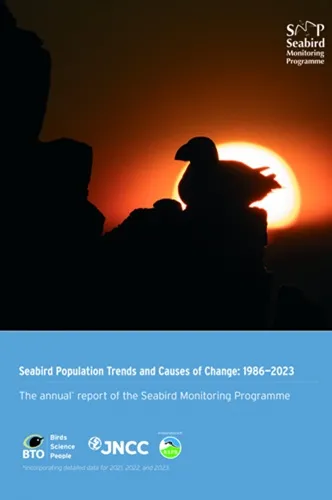
Search settings
A global threats overview for Numeniini populations: synthesising expert knowledge for a group of declining migratory birds
Author: Pearce-Higgins, J.W., Brown, D.J., Douglas, D.J.T., Alves, J.A., Bellio, M., Bocher, P., Buchanan, G.M., Clay, R.P., Conklin, J., Crockford, N., Dann, P., Elts, J., Friis, C., Fuller, R.A., Gill, J.A., Gosbell, K., Johson, J.A., Marquez-Ferrando, R., Masero, J.A., Melville, D.S., Millington, S., Minton, C., Mundkur, T., Nol, E., Pehlak, H., Piersma, T., Robin, F., Rogers, D.I., Ruthrauff, D.R., Senner, N.R., Shah, J.N., Sheldon, R.D., Soloviev, S.A., Tomkovich, P.S. & Verkuil, Y.I.
Published: 2017
Curlew, with their characteristic downward-curved bill and call evoking the wild British countryside, is a unique and much loved species. But these calls may not be echoing across our skies forever, and the problem is in no way confined to our shores. Seven out of the 13 wader species in the Numeniini (curlew and godwit) tribe are Near Threatened, Globally Threatened or Critically Endangered. This tribe’s ground-nesting habits (making them susceptible to predation), and long, perilous migrations across the globe leave them especially vulnerable. Numeniini also tend to favour specialist habitats, making them likely to decline further as these habitats disappear. Collaborative research led by the BTO identifies the main reasons for these declines and suggests conservation measures that could be implemented to halt them.
01.03.17
Papers
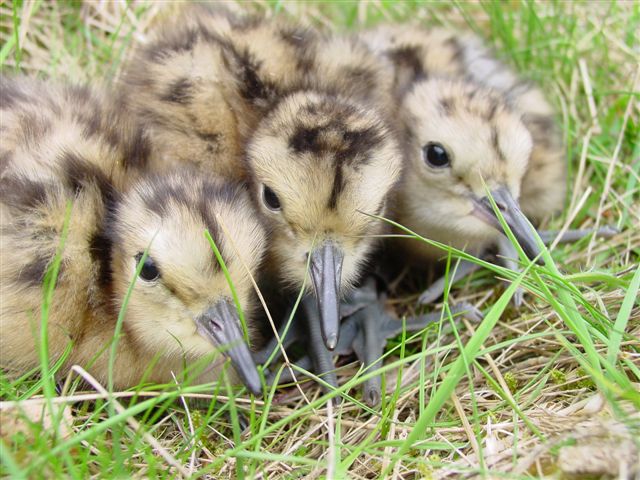
Northern Ireland Seabird Report 2016
Author: Leonard, K. & Wolsey, S.
Published: 2017
This is the fourth edition of the Northern Ireland Seabird Report, covering 2016. This report is the published outcome of the work of the BTO NI Seabird Coordinator, and the activities of the evolving Northern Ireland Seabird Network of volunteers and organisations, such as National Trust, Ulster Wildlife and the RSPB, that have provided data for 2016 and previous years.
01.03.17
Reports Northern Ireland Seabird Report
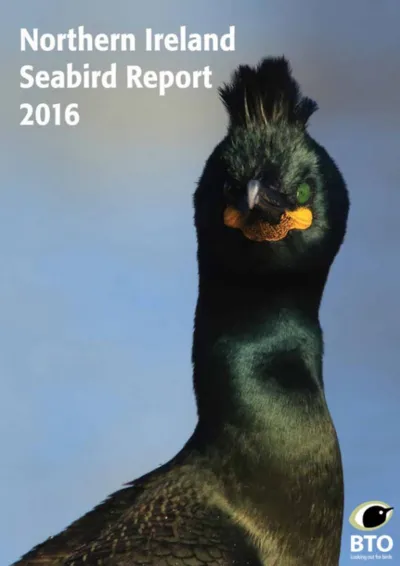
Predicting the likely impact of urbanisation on bat populations using citizen science data, a case study for Norfolk, UK
Author: Border, J.A., Newson, S.E., White, D.C.J. & Gillings, S.
Published: 2017
Urbanisation is one of the fastest growing forms of land use globally and one of the largest human impacts on the planet. Urban development is a severe and increasing threat to native biodiversity. However, in Britain, there is also demand for new housing and therefore new homes are being built.
21.02.17
Papers
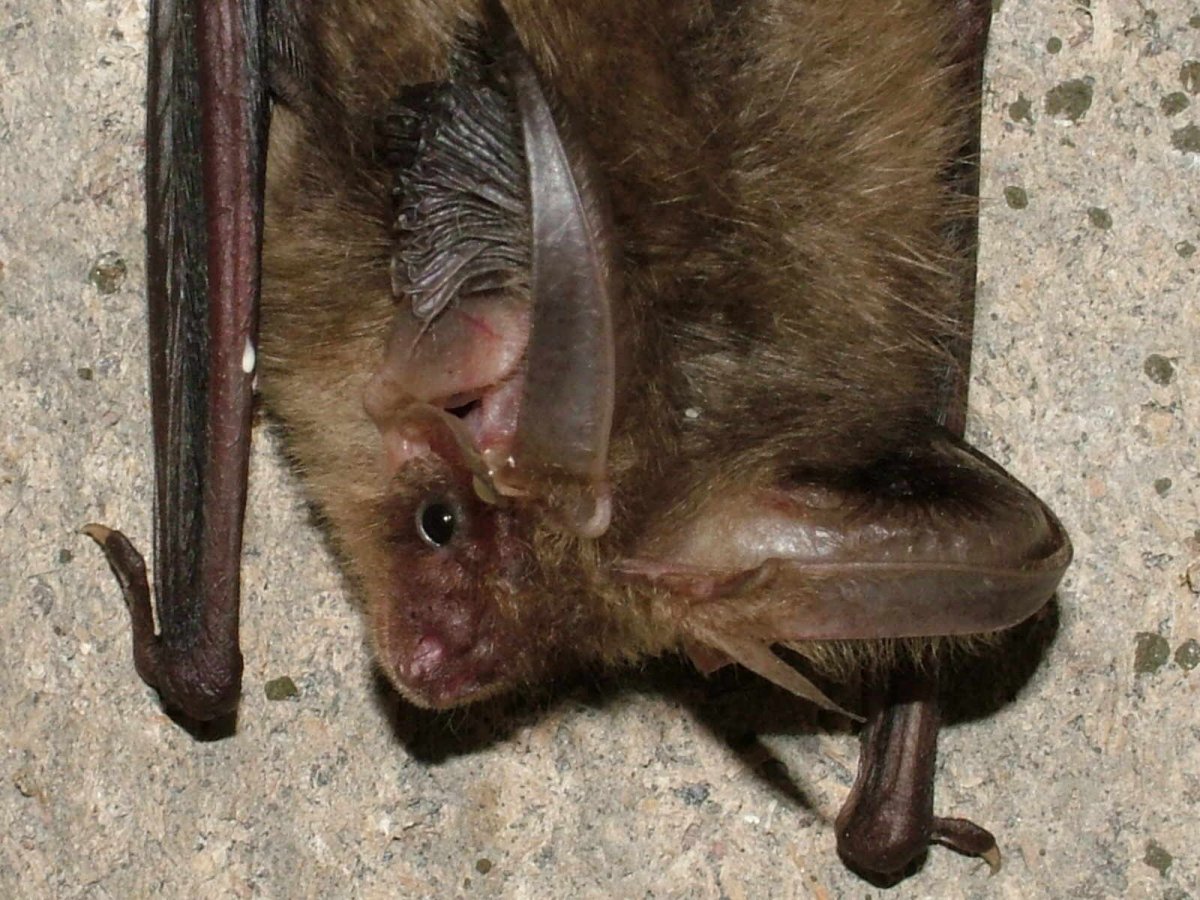
Informing best practice for mitigation and enhancement measures for Barn Owls
Author: Henrietta Pringle, Gavin Siriwardena and Mike Toms
Published: 2017
Using the BTO’s ring-recovery database we have been able to analyse dispersal movements, with the aim of providing insight into Barn Owl movements in the UK. The results of this work suggest that new, high-quality habitat aimed at mitigating negative effects of HS2 on Barn Owls should be located between 3 km and 15 km away from the railway route, depending on the importance placed on minimising juvenile, as opposed to adult, mortality.
20.02.17
Reports
Migratory pathways, stopover zones and wintering destinations of Western European Nightjars Caprimulgus europaeus
Author: Evens, R., Conway, G. J., Henderson, I. G., Creswell, B., Jiguet, F., Moussy, C., Sénécal, D., Witters, N., Beenaerts, N. & Artois, T.
Published: 2017
New research involving the BTO has revealed important information about the migration routes and wintering grounds of Nightjar, a species of conservation concern in the UK. Up until very recently our knowledge of Nightjar wintering areas in Africa was almost entirely based on visual observations and just two recoveries from all European ringing activities. Our knowledge of migration was slightly better thanks to the moderate number of ringing recoveries, but these only cover within Europe and a few sites in North Africa. New tracking technology is now vastly improving our understanding of Nightjars' movements, with implications for this species' conservation.
15.02.17
Papers
